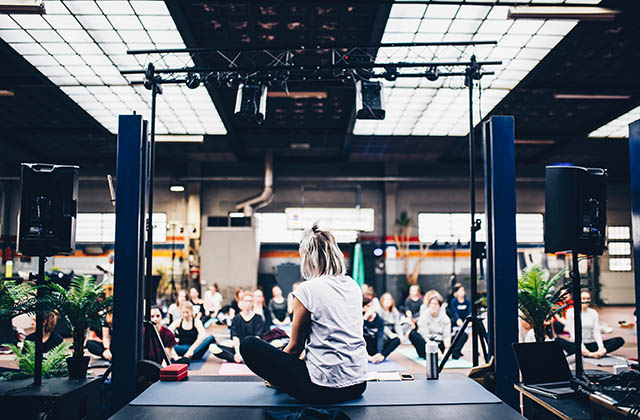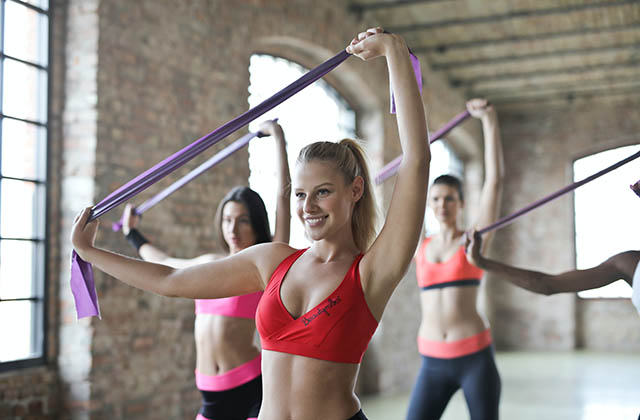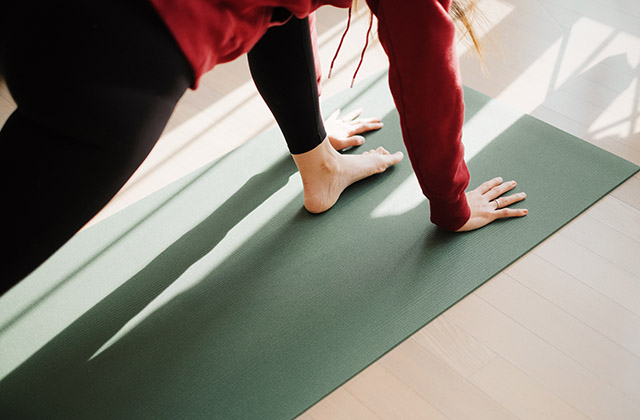Introduction
Pilates is a great way to get in shape, but how do you become a certified Pilates instructor? Here’s all the information that you need to become a certified Pilates teacher training Sydney!
Step 1: Become a Certified Pilates Instructor
You’ve made the decision to become a certified Pilates instructor. Congratulations! But before you get your certificate, there are a few things you need to know about the certification process and what it means for your future career as an instructor.
The first step in becoming a certified Pilates instructor is completing Level 1 training. This course requires two months of intense training and can be found at many different locations around the country. Once completed, it will prepare you for Level 2 certification (which we’ll talk about later).
Certification isn’t difficult or expensive—but it does take time and effort out of your day. It’s also important that you understand how much work goes into preparing for each level in order to pass them with flying colors!
Step 2: Get Your Pilates Business License
In order to get paid and be able to charge clients, you will need a business license and possibly a sales tax license.
The first thing you have to do is decide whether you want your Pilates studio to be located in your home, or if it should be an actual business that has its own legal status. This will depend on several factors: how much money you can afford, what kind of space is available for rent (if any), what type of clientele would frequent such a place, etc. A lot of people choose the latter option and open up gyms in their area because they want more control over their location and clientele.
If your goal is simply to make some extra money while working out of your home (and not open up a full-blown commercial business), then all you need is something called an “incorporation” or “corporation” package from the secretary of state’s office in whatever city/state where your Pilates studio resides [link]. These kits come with all the paperwork needed for setting up this corporation (such as bylaws), which basically gives them legal status as businesses so that they can operate independently from their owners’ personal finances.
Step 3: Prepare Yourself for the Exam
Once you’ve completed your training, the next step is to take and pass the Pilates Instructor Exam. There are two ways to do this: the first is taking an open-book test that can be taken online; the second is taking a full-on practical exam at an official testing center. The first option is free, but if you prefer not to deal with any stress or anxiety during your exam prep phase (and who doesn’t?), it’s best to go with the latter.
Here are some tips on how to prepare yourself for both types of exams:
Open Book Test – Take this test early in your training so that you have plenty of time before your certification deadline! Make sure to fully read all material beforehand and study frequently throughout your program so that everything sticks in memory. If possible, try taking mock tests like those offered by The Real Pilates so that you’re familiar with what will be asked during the exam itself. As always with studying for any standardized test or certification coursework—practice makes perfect! Practicing answering questions from multiple choice questions as well as essay prompts will help prepare students for both parts of their final exam without making them feel overwhelmed by too much material at once (or even worse…dread!). Here’s hoping everyone passes easily!
Step 4: Take the Exam
The final step in becoming a certified Pilates instructor is taking the exam. The exam is comprised of 100 multiple choice questions and you only have two hours to complete it.
The majority of the questions will test your knowledge of the Pilates method, anatomy and physiology, and Pilates equipment. It’s important to know that this isn’t like any other exam you’ve taken before—it’s designed specifically for those who have been trained in Pilates certifications (either by a physical therapist or group fitness instructor).
All the information you need to become a certified Pilates instructor.
Becoming a certified Pilates instructor is an exciting and rewarding career path, but it’s not easy. You’re going to need to study hard, work long hours, and keep your eye on the prize. If you have what it takes and want to know how to become a certified Pilates instructor (and have the motivation and drive necessary for that), then this guide is for you!
Conclusion
We hope that this article has been helpful in your journey to becoming a certified Pilates instructor. If you are ready to get started, we recommend starting with step one—becoming certified. If you have any questions about becoming a Pilates instructor or if there is anything else we can help with, please let us know!



